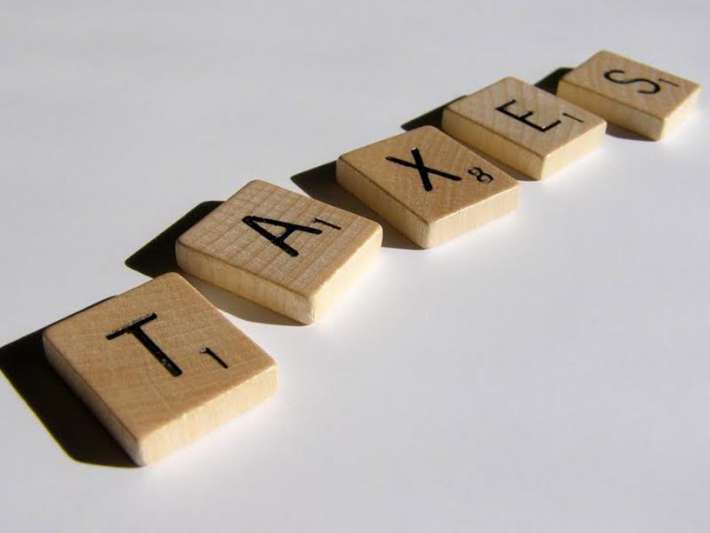The bomb has dropped on us and we are still coming to terms with the what, how, when and what’s more. One of the most complicated tax regimes ever implemented, GST loads the assurances as well. The revolutionary road apparently leads to the Promised Land for consumers. But will it?
‘Ache Din’ and “One Nation. OneTax.’
GST shall unify the Big Fat Indian Economy by bringing the $2 trillion economy and the 1.3 billion people into a common market area. The multiple and complex tax structure that extends far beyond common conception shall give way to a homogenous and final tax-rate. Everybody is invited to the party and none excluded. But how far will the miracle take us is the question here.
The Happy Dreams
For end consumers there is lower price on most goods and services with Input Tax Credit whereby the consumer bears the cost of the GST on the last point of delivery chain. The anti-profiteering clause protects the consumer from undue price inflation.
For Businesses and Corporates it overall sounds good because of its very nature being digital and online, it removes the difficulty of state-wise tax parity. There is easier tax compliance, lower rates and interstate movement.
The Government wins all around with better tax payer inclusion and hence higher tax revenue to swell the kitty. There is a simpler tax administration with possibilities of evasion scare, fool-proof digital framework for monitoring business and taxes.
Indian economy gets the Midas touch with easier business interface, higher revenues, better investments, all-round growth and a brisk job market.
The Wake-up Call
There is a catch here and why the miracle may just go up in smoke. What the GST had as ideals have upon execution been misled with the considerations of states, ministers, parties etc clouding its finer points.
The complexity and the lack of gearing up by businesses and dearth of information by the Government until the d-day may nullify the overall gains.
Scope of tax evasion remains a problem because of the exemption of businesses with less than Rs 20 lakhs annual turnover. This loop hole could be capitalised by evaders.
Multiple tax slabs that are unheard of in conjunction with GST implementation elsewhere could pull down the structure rather than unify it.
The digital and online character of GST makes it difficult for small businesses that operate without digital infrastructure and in cases of rural or semi-urban areas with limited connectivity and power supply. The threat of going out of business looms large.
Exclusion of certain key sectors like liquor, petroleum, parts of real estate etc that make up almost a third of the products raises questions regarding the unity and inclusiveness of the plan.
Despite it all The Goods and Services Tax remains the most drastic tax reform so far and the logic behind a single-rate tax is sound. The targets of making life of taxpayer easy, uniformity and inclusiveness and digitalization of tax structure indicate a greater productive scope for future. The one national market ideal may just come off and we remain to benefit. So, welcome GST but don’t overwhelm us too much in the mean time.










Discussion about this post